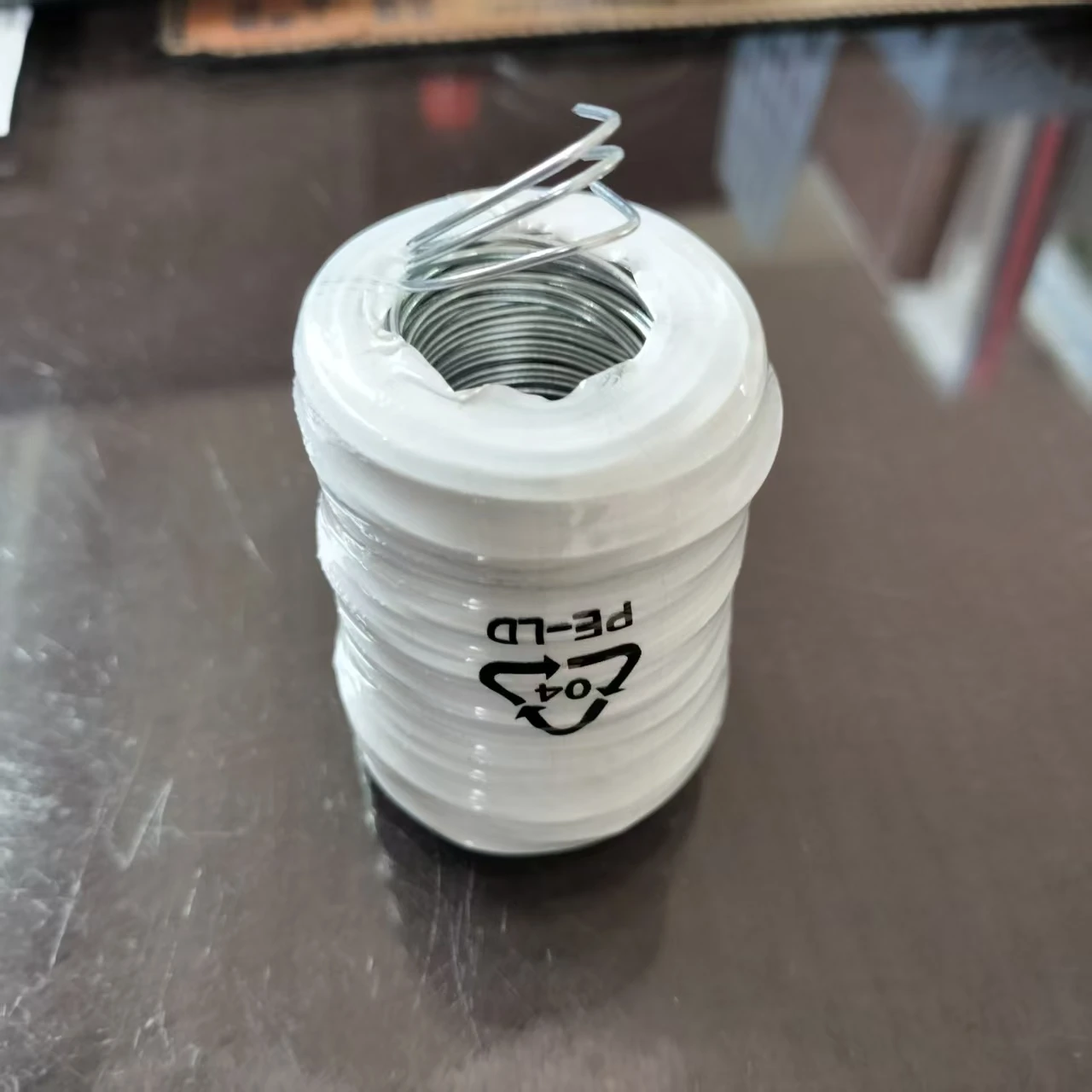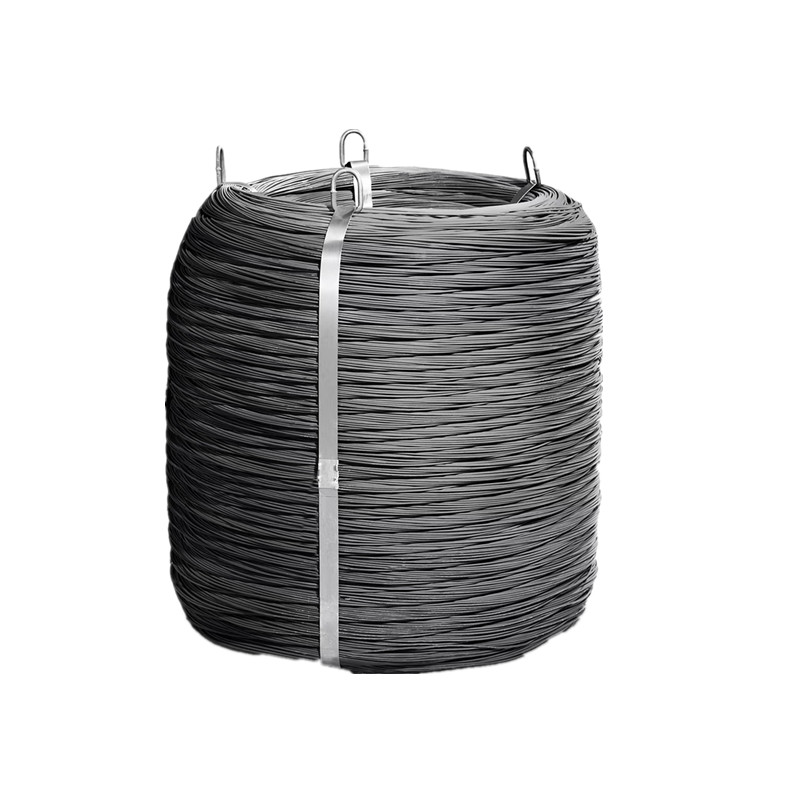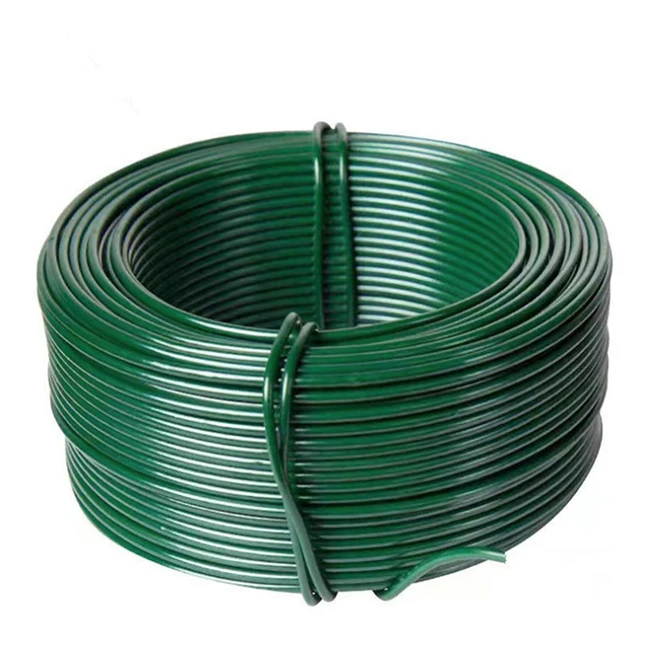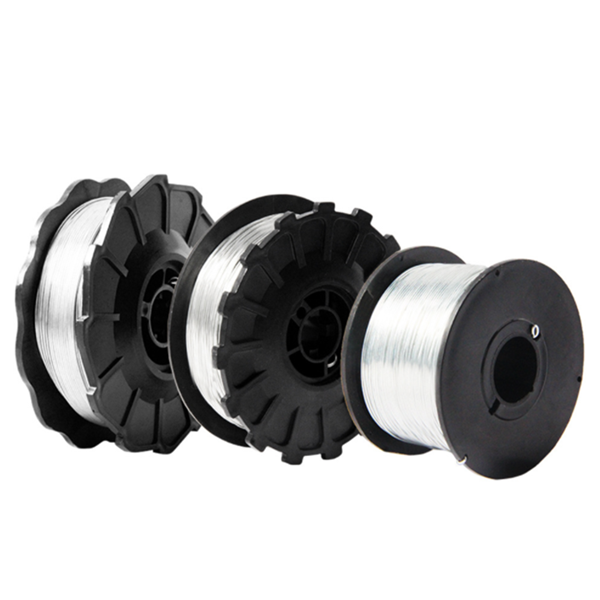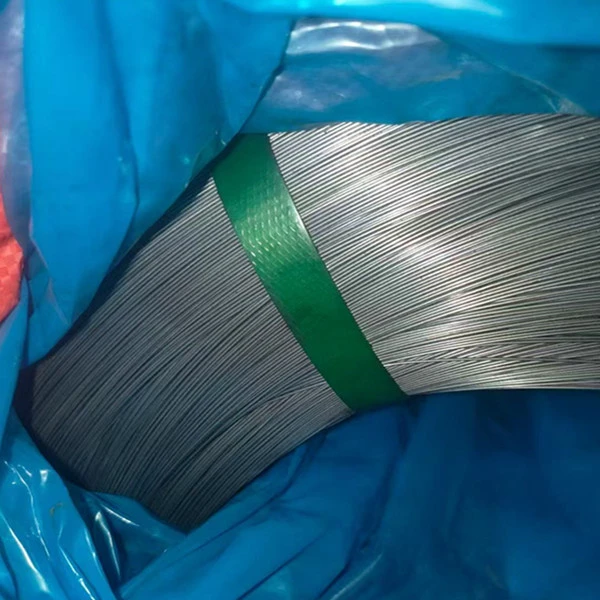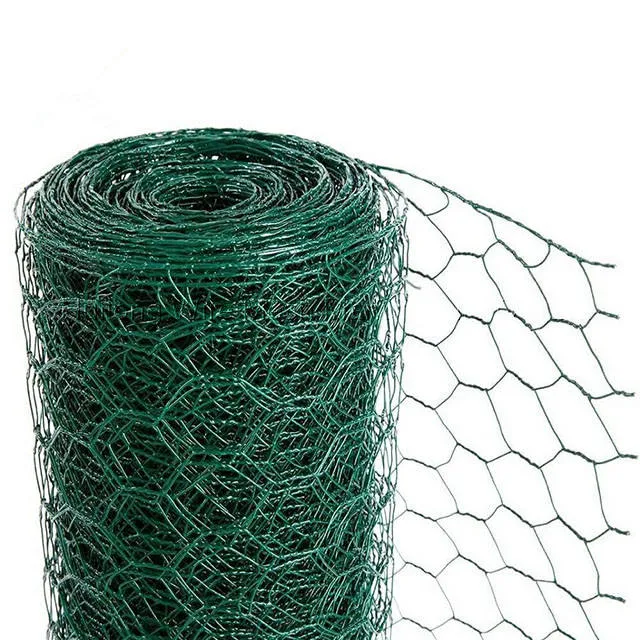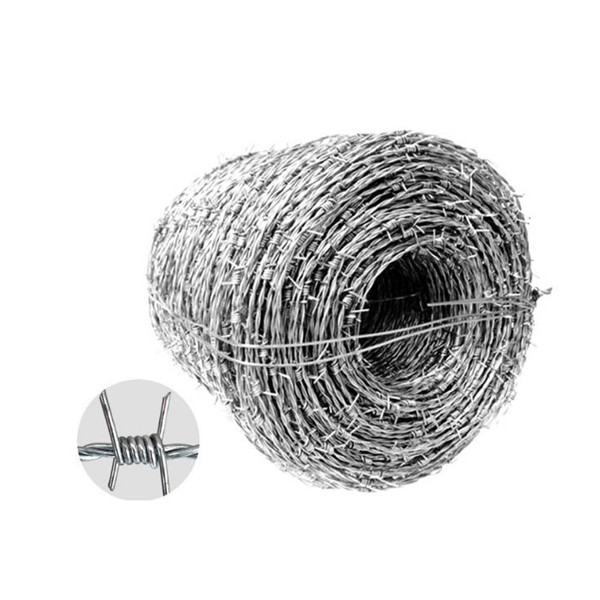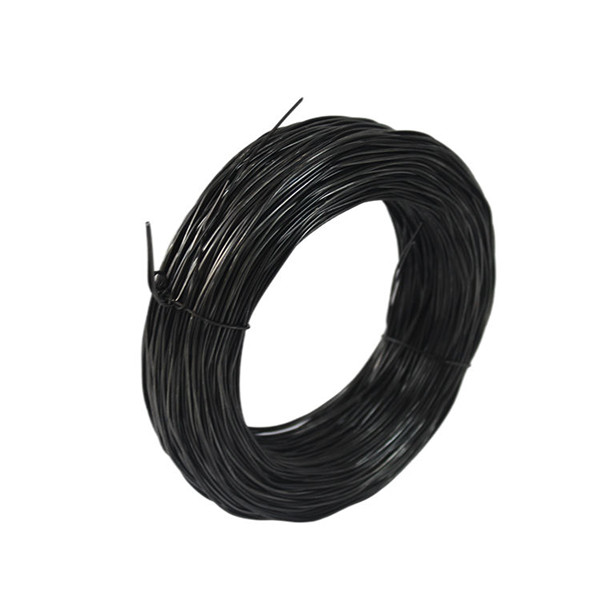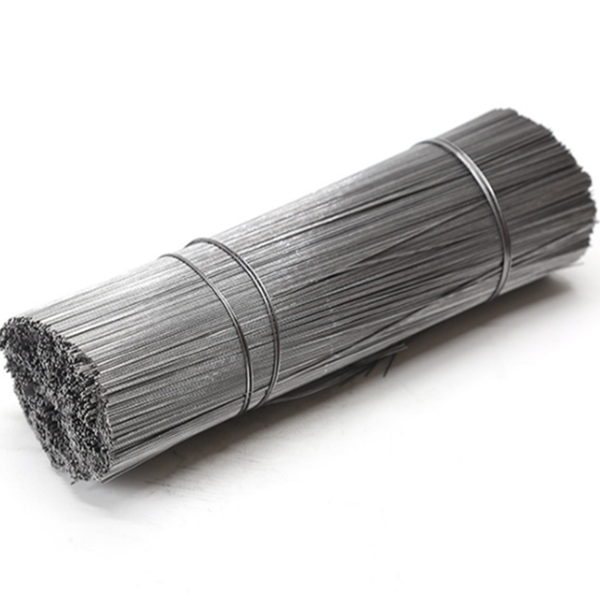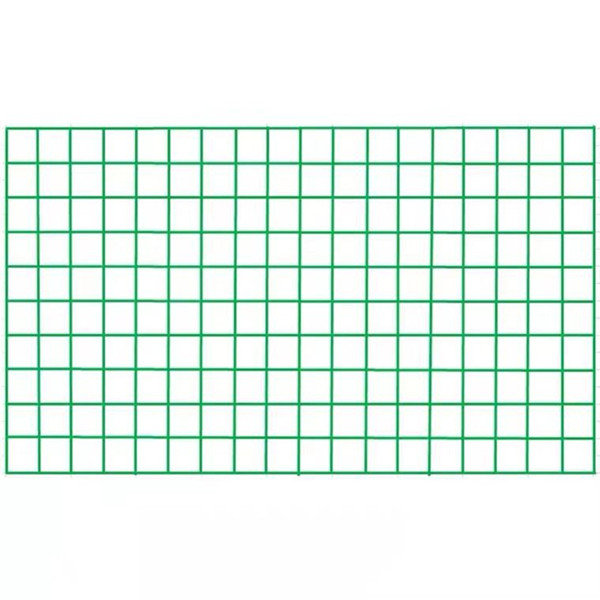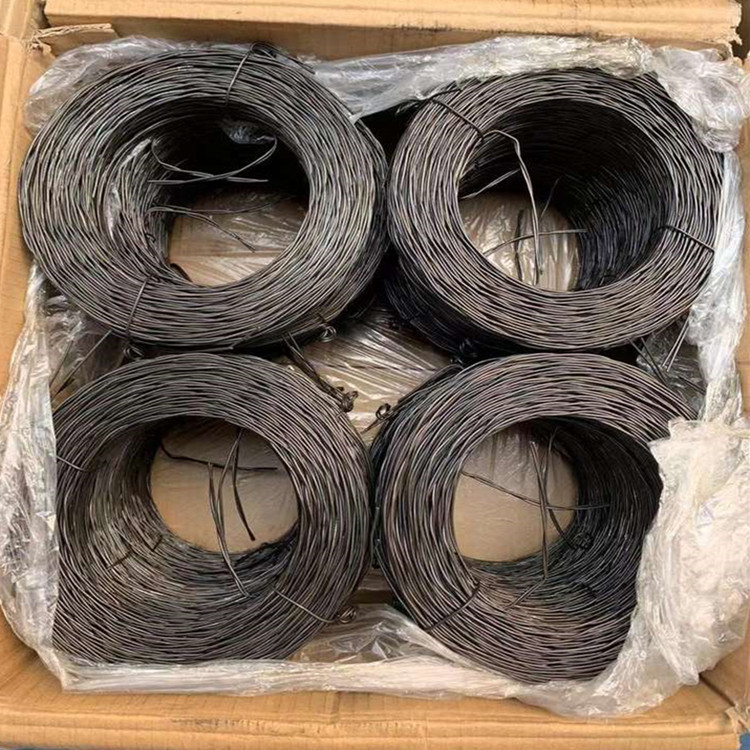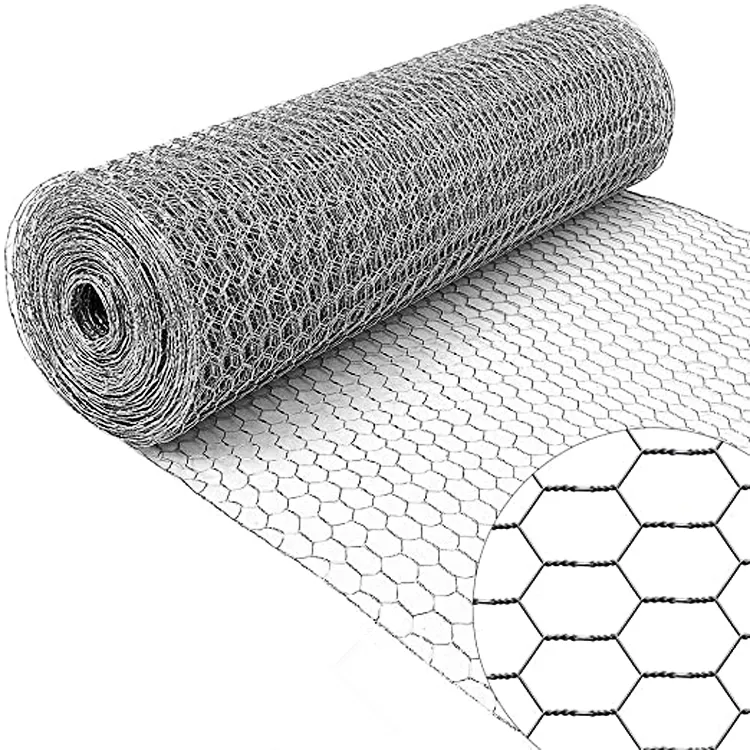Why Barbed Wire Remains a Trusted Choice in Fencing
If you’ve ever worked on a farm or a construction site, chances are you’ve come across barbed wire. It’s one of those things that’s so common, it almost fades into the background, yet it quietly holds a huge role in protecting property and livestock. I remember once early in my career when a client called me during a late spring storm because their fencing had been damaged. Barbed wire, that trusty old guard, was part of the fix—and honestly, it worked just as well as it did decades ago.
What strikes me about barbed wire is its simplicity and practicality. The design hasn’t changed much, but it remains incredibly effective. You’ve got a twisted double strand of wire, punctuated with sharp barbs at regular intervals—simple, brutal, but efficient. And the materials used today, especially galvanized steel, make it last through harsh weather without rusting away, which frankly is a godsend for durability.
What to Look For When Choosing Barbed Wire
Barbed wire isn’t one-size-fits-all, and picking the right specs can prevent a world of headaches down the line. I’ve lost count of how many times engineers have debated which gauge or spacing to use. Generally, the wire gauge affects strength, obviously, and tighter barb spacing increases security but at the cost of higher material usage.
Here is a quick rundown of the key specifications most in the trade consider:
| Specification |
Typical Range |
Notes |
| Wire Gauge (Main Wire) |
12 - 14 gauge |
Thicker wire offers higher tensile strength |
| Barb Wire Gauge |
15 - 17 gauge |
Usually thinner for sharpness |
| Barb Spacing |
4 - 6 inches (100-150 mm) |
Closer spacing improves deterrence |
| Material |
Galvanized Steel / PVC Coated Steel |
Corrosion resistance is key for longevity |
| Length Per Roll |
1320 ft (approx. 400m) |
Standard roll size for most fencing projects |
Honestly, I’ve often found that picking galvanized wire is a no-brainer since, if you want your fence to last through winters and summers without turning into a rust heap, you need that protection. Oddly enough, some folks still choose uncoated wire for short-term or budget-sensitive projects, but from experience, it’s rarely worth it.
Comparing Barbed Wire Vendors: What You Should Know
Now, if you’re out there looking to source barbed wire, it feels a bit like the wild west with so many brands promising “top quality.” I’ve dealt with multiple suppliers over the years—from local manufacturers to big international names—and there’s definitely variation.
Here’s a simple comparison that I’ve put together based on performance, pricing, and availability:
| Vendor |
Typical Price (per roll) |
Material Quality |
Lead Time |
Customization |
| Lanyewiremesh |
$45 - $50 |
Galvanized steel, high tensile |
1-2 weeks |
Custom barb spacing & coating |
| FieldGuard Supplies |
$40 - $48 |
Standard galvanized |
2-3 weeks |
Limited |
| SecureWire Inc. |
$50 - $55 |
Premium galvanized & PVC coated |
3 weeks |
Wide range of coatings & gauges |
A side note — I’ve always been partial to
Lanyewiremesh for their blend of quality and turnaround time. They’ve managed to keep competitive pricing while offering surprisingly good custom options. And that kind of means less hassle for projects where timing is tight but specs can’t be compromised.
Real-World Use and Benefits of Barbed Wire Fencing
Barbed wire has saved my clients from losing livestock to predators more times than I can count. Frankly, it’s more than just security — it’s peace of mind. Besides farms, its application in industrial zones and correctional facilities is extensive. You don’t just want any wire there; it has to be reliable, with predictable performance over years.
What’s charming too is the adaptability. I worked on a project recently where the client needed PVC coated barbed wire to blend into a natural landscape park. The coating helped reduce glare and improve aesthetics without losing strength. Sort of proves barbed wire can be both tough and thoughtful about appearance.
Wrapping this up — in real terms, barbed wire feels like one of those products that’s never going out of style because it’s grounded in function and cost-effectiveness. Sure, there are fancier options like razor wire or electric fences, but for many, barbed wire hits the sweet spot.
If you’re in the market, consider the specs carefully, your environment, and don’t hesitate to lean towards a reliable supplier. The old wire holds strong for a reason.
— Mark H., Industrial Fencing Consultant with 15+ years experience
References & Thoughts
- Discussions with fencing engineers and suppliers over the years.
- Material and durability testing reports from galvanized steel barbed wire prototypes.
- Real-world project logs where barbed wire fencing was implemented under diverse conditions.





